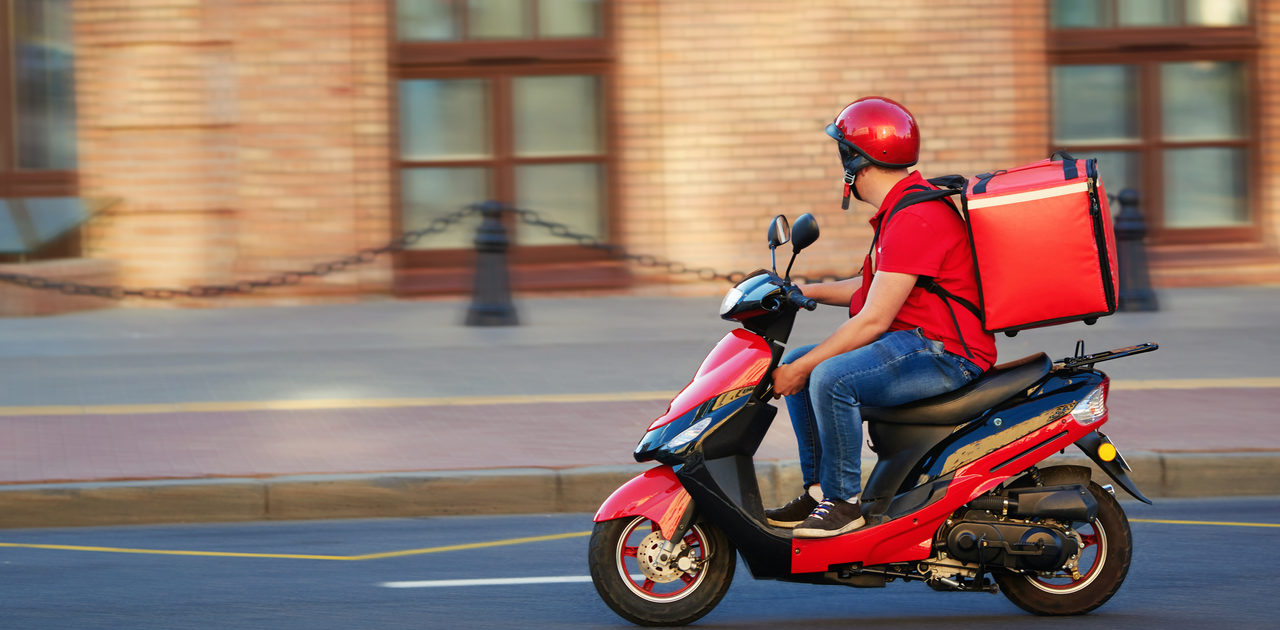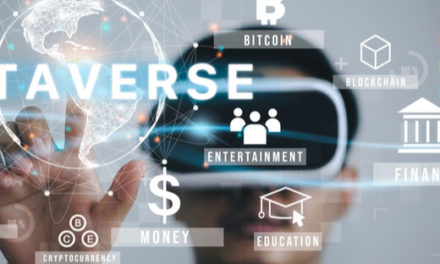
The Future of … Food Delivery: From Flirting to Kitchen-less Homes
The growth in food delivery has been accelerated and broadened by the onset of the coronavirus (COVID-19) pandemic; but even prior to the pandemic’s outbreak, it stood on the cusp of a revolution that is changing how we eat.
To view the full article please register below:
The Future of … Food Delivery: From Flirting to Kitchen-less Homes
The growth in food delivery has been accelerated and broadened by the onset of the coronavirus (COVID-19) pandemic; but even prior to the pandemic’s outbreak, it stood on the cusp of a revolution. That revolution is now underway, and it’s changing how we eat.
Smile and Grin at the Change All-Around
New Ways to Order—The changes to how Americans order food is at the vanguard of the revolution. Ordering apps are quite prevalent, but peckish Americans will soon be placing orders by Twitter or by virtual assistant. Already, Domino’s Pizza has a bot for Facebook Messenger, “Dom,” through which customers message Domino’s with their food orders, while Grubhub has integrated its ordering system with Alexa. In the near future, expect to be able to order via your smartwatch, smart TV, or through your car.
New Ways to Deliver—We already see this part of the revolution playing out in test trials. Delivery experimentation includes robots, drones (a “Tacocopter” carries tacos to San Franciscans), and, in Australia, parachute.
Virtual Kitchens—Today, restaurant revenues are capped by the capacity of the kitchen. With virtual kitchens (kitchens in warehouse-like space with no seating), existing restaurants can leverage their brand to generate greater revenues at a lower capital cost than opening a new restaurant location.
Taken a step further, opening a restaurant becomes unnecessary when a virtual kitchen can make meals and have them delivered, allowing restaurants with great brand equity to go national.
The Kitchen-less Home—It may seem a bit farfetched, but with food delivery available at the touch of an app or by voice command, the need to cook at home may disappear, and with it, the kitchen.
Data Will Empower Restaurateurs—As more meals are ordered online, more data is captured. This data resource will inform marketing, inspire new menu ideas, save time and money, better target specific customers to fill in traditionally slower hours, and identify expansion opportunities.
This is not an unalloyed benefit, however. While it will grow a restaurateur’s addressable market, it also means more competition as restaurants are no longer restricted to their local area.
Food as a Flirting—As delivery becomes ubiquitous and cheaper, expect the younger cohort to flirt with food. Another generation may have left a note or sent flowers, but a cupcake or strawberry shake may now send the perfect signal of affection.
Please reference disclosures: https://blog-dev.americanportfolios.com/disclosures/












